Canon EOS 1300D review
Canon’s stripped things back for its new budget DSLR – but has it compromised in the right places?

Can a DSLR ever replace a smartphone’s camera for simplicity and immediacy?
Canon thinks it can, hence the 1300D: a super-cheap lens-swapper aimed squarely at smartphone-savvy Instagram-addicts looking to level up. How do I know that’s the target audience? Well, despite a spec that’s so stripped back it might as well be naked, it arrives rocking NFC and Wi-Fi for easy connection/uploading and a dedicated Food mode. Q.E.D.
It really is cheap, too – at £280 it costs less than any other new DSLR and not much more than plenty of compacts. But at that price, compromises are inevitable.
Plastic, not fantastic
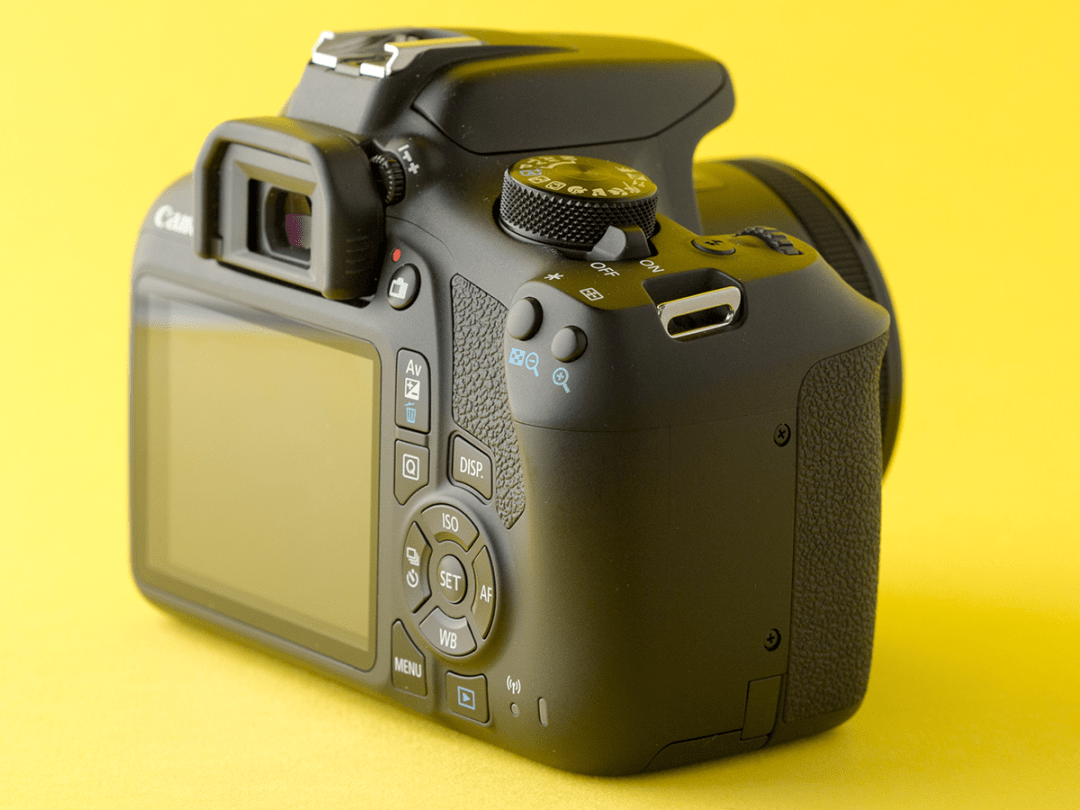
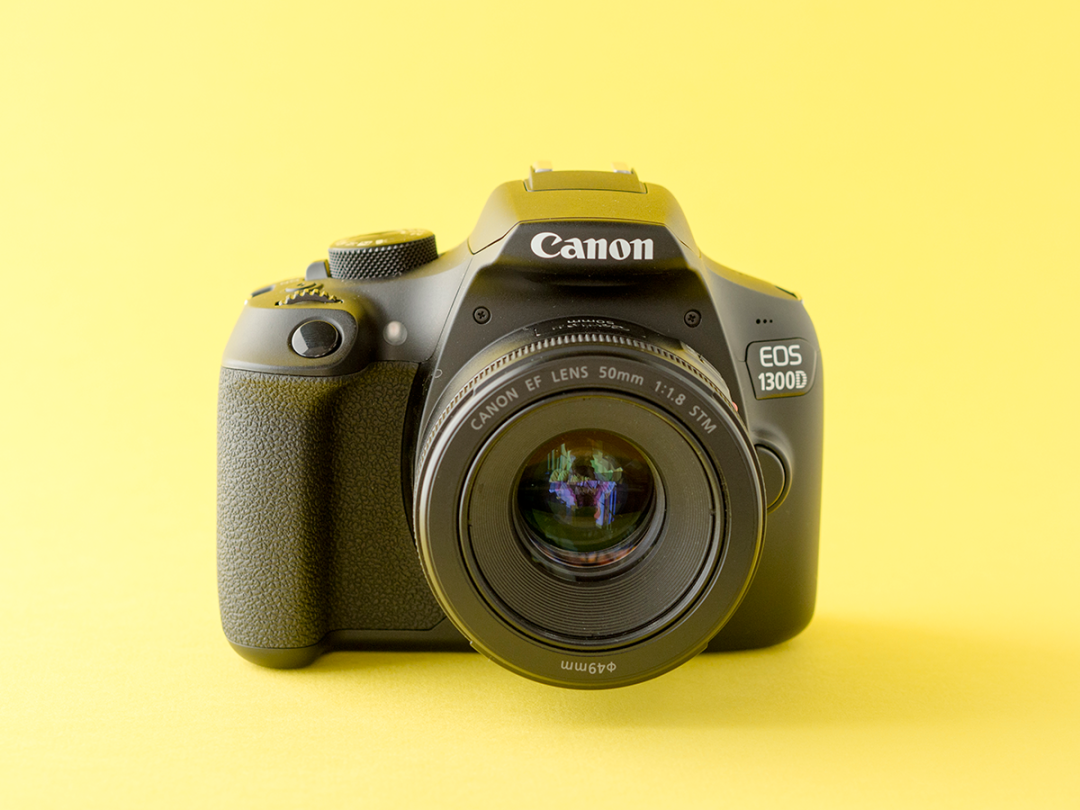
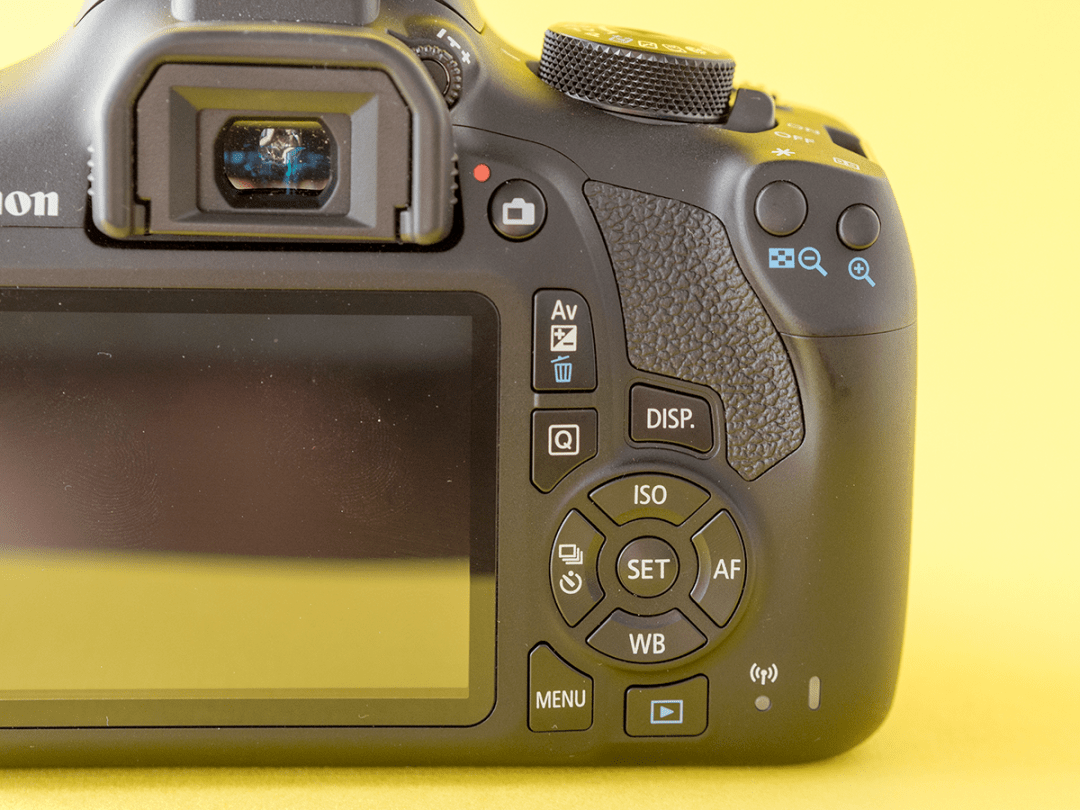
My first impressions of the 1300D aren’t great. For starters, it’s really plasticky: you’ll find more metal on a 13-year-old American’s teeth. Nor is it a thing of beauty – set next to a charmingly retro snapper such as the Olympus OM-D E-M10 II or Fujifilm X-T10 it looks dull, dull, dull.
Maybe I shouldn’t be surprised – after all, DSLR design in general has fallen way behind that of your average compact system camera. With the odd exception such as Nikon’s pricey Df they all look much the same as they did 10 years ago. Is it really too much to ask for a bit of class?
Well no, it’s not. Yes, the 1300D is a £280 camera but the original OM-D E-M10 is available for not much more and that’s both made of metal and stylishly designed. It is possible, Canon (and Nikon, and Pentax).
On picking it up, though, I’m impressed: the 1300D is really nicely built, with a good, deep grip that helps it nestle nicely in the hand. The fact that it’s so plasticky means that it’s also super light but despite that it manages to feel fairly solid. There’s no weatherproofing, but that’s not common until you move much further up the price scale.
You also get plenty of controls where you need them – one definite advantage over most cheaper CSCs and compacts. I’m pleased to see dedicated buttons for the likes of ISO, white balance, autofocus and drive mode round the back, and there’s even room for exposure compensation and a flash trigger switch. On top you get the main mode dial and there’s two control dials, one on the front and one on the back. The selection is almost as comprehensive as it is on far more expensive cameras.
What’s missing? Well, the screen is neither flippable nor touch-sensitive. The latter seems like a glaring omission given the target audience, but I’m personally more bothered about the former – a swivelling screen has saved my bacon on countless occasions.
I can see why they’re not here given the price, but again it’s an area where the 1300D loses out versus some CSCs, including once again the OM-D E-M10. Still, there is a built-in flash – not something you get on every camera.
RELATED › How to master… Google Photos
Digging up the detail
Fortunately, the 1300D’s picture quality is nowhere near as humdrum as its design. In fact it’s very good.
That might surprise you a little when you look at its specs: inside it there’s an 18-megapixel APS-C sensor and Digic-4+ processor, a combination which doesn’t exactly jump up and scream cutting-edge at you.
Plenty of other DSLRs are kitted out with a greater number of pixels, including other budget efforts such as the Nikon D3300 and Canon’s own 750D, both of which have 24MP sensors. The Digic-4+, meanwhile, is usually found in mid-range compacts; the 750D, by comparison, gets the latest Digic-6 processor.
But don’t worry too much about all that, because 18MP is still more than enough for most people. On a weekend trip to the pub with the kids – hey, don’t judge me, I’ve had a hard week – I snap away at the ducks in the pub garden and I’m instantly impressed with the detail in the shots.
Noise is well controlled right up to ISO 3200 and is barely visible at ISO 800, while the colours in the ducks’ feathers really stand out.
Obviously a camera with more megapixels or a bigger full-frame sensor will likely unearth even greater levels of detail, but the 1300D comfortably outperforms most compacts and smartphones, with their much smaller sensors. For stills at least, this is a really nice snapper.
Focus issues
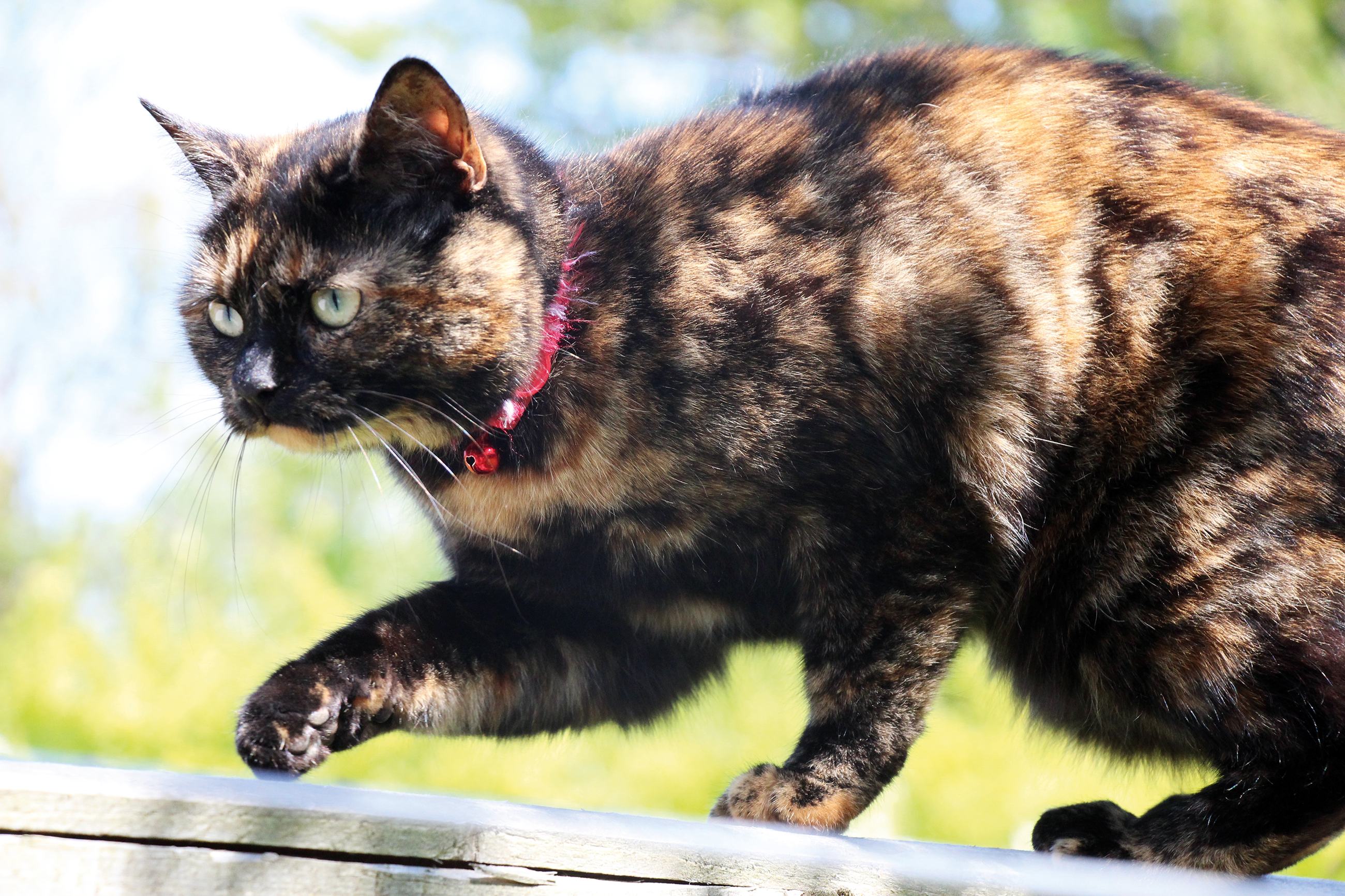
I say ‘for stills at least’ because autofocus is one area where the 1300D really has been hamstrung.
Whereas the next-step-up Canon EOS 750D gets a 19-point system, the 1300D has to make do with a 9-point set-up. There are no clever autofocus modes either – no face-tracking, or focus zones or the like – just the ability to select one point or have the camera choose for you.
That said, it’s pretty speedy within its comfort zone of static or slow-moving subjects. Your choice of lens will obviously make a difference here too: we used an 18-135mm STM lens and a 50mm f1.8 prime and both snapped on very quickly indeed in the right conditions. But move outside that comfort zone and it’s not so hot.
For instance, because its tracking abilities are limited it struggles to keep up with hyperactive cats and kids alike. Combine that with the fact that burst-shooting maxes out at a fairly rubbish 3fps and you have a camera that is to sports what Aston Villa is to football right now.
Busy scenes can also confuse it, so much so that you’ll almost always find it best to manually set the focus point and use the focus-and-recompose method. Fair enough, busy scenes create problems for many cameras, but at least if you have a 19-point autofocus set up there’s more chance that the camera will focus on the right subject.
I don’t want to be harsh on what is after all a £280 camera. Autofocus is by no means terrible and I took plenty of great shots with the 1300D. But the percentage of keepers definitely dropped substantially with moving subjects and it’s something to bear in mind.
Live View and video are potentially much bigger problem, although how important that is depends on how much you use them. Almost every other recent Canon camera, including the 750D and the now-just-as-cheap 100D, gets Canon’s nifty hybrid CMOS AF focusing, a system so smart it could probably beat me at chess. And I’m good at chess. That’s absent here, so there’s no automatic focusing in those modes.
With CMOS AF and a touch-sensitive flip screen, Live View becomes a genuinely useful feature and one that these days can rival standard through-the-viewfinder shooting; without them, it’s not much use at all.
Video quality is fine, but there’s no 4K or 60fps options: it maxes out at 1080p@30fps. And again, without the continuous autofocus that you get on other Canon cameras, it’s not the easiest to use. Holding the shutter button will focus, but be prepared for plenty of hunting as it does so.
The hook up
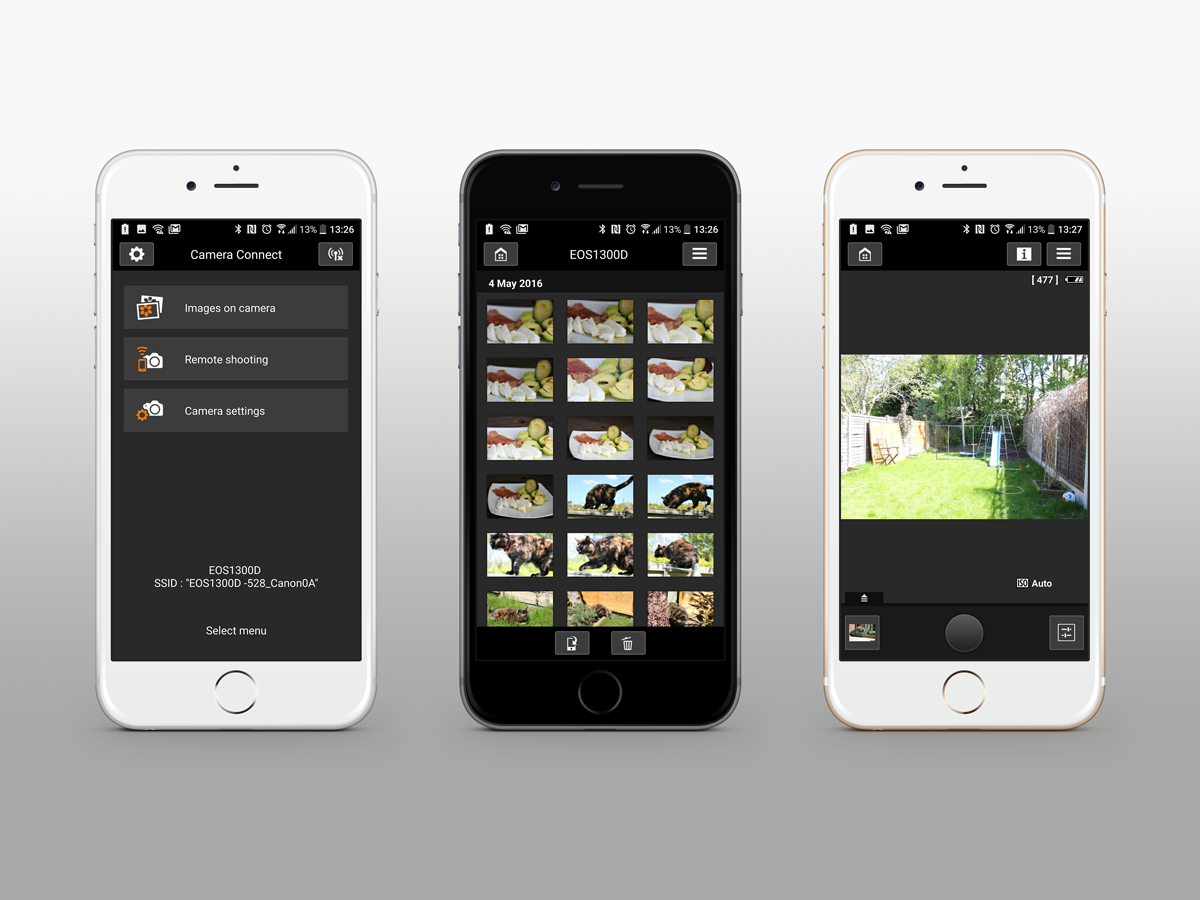
If the 1300D is always lagging behind more expensive cameras for build quality, features and autofocus, there’s one area in which it holds its own: connectivity.
But before we get to this story’s happy ending we first have to endure the tedious scene-setting bit, AKA hooking it up for the first time.
With built-in Wi-Fi, hooking the camera up to a mobile should be a simple matter – but then in theory Boris Johnson should be a laughing stock. And so it proves. Connecting wirelessly for the first time is the usual mix of error messages and timeouts until I bash it into my forehead repeatedly (not really).
Still, eventually it does connect and in its defence it links up pretty swiftly on every subsequent occasion. If you have an NFC-equipped Android smartphone you’ll find the process a little easier: one tap of the phone against the side of the 1300D was all it took for me to be taken straight into Canon’s Camera Connect app.
And there the news gets better still, because the app is one of the best I’ve used. I’m quickly viewing and downloading shots, and uploading them to Instagram or social media is then but a few clicks away.
Is it as quick as taking a photo on your phone and uploading it? Well no, it’s obviously not. I know because I timed it – 30 seconds max for a phone upload, but about 90 seconds to get a picture from the Canon on to my feed. That’s still quicker than it would be to take an SD card out of the camera, put it into a laptop then upload it though – and that’s ignoring the fact that there’s no desktop upload on Instagram.
Camera Connect also lets you control the 1300D for tripod-based fun, and again it does so very well. You get access to almost everything you’d need – exposure, aperture, ISO, autofocus mode and so on – and there’s very little lag between pressing the shutter button on your phone and hearing the camera fire away. As a result, it works excellently for selfies and group shots when on a tripod or balanced on a wall, and it could also be put to good use for more specialist shooting situations such as macro photography, where the slightest movement of the camera can throw off the focus. Sadly, there’s no timelapse option – a strange omission given the otherwise excellent options here.
RELATED › Fujifilm X-Pro 2 review
So what else do you get?
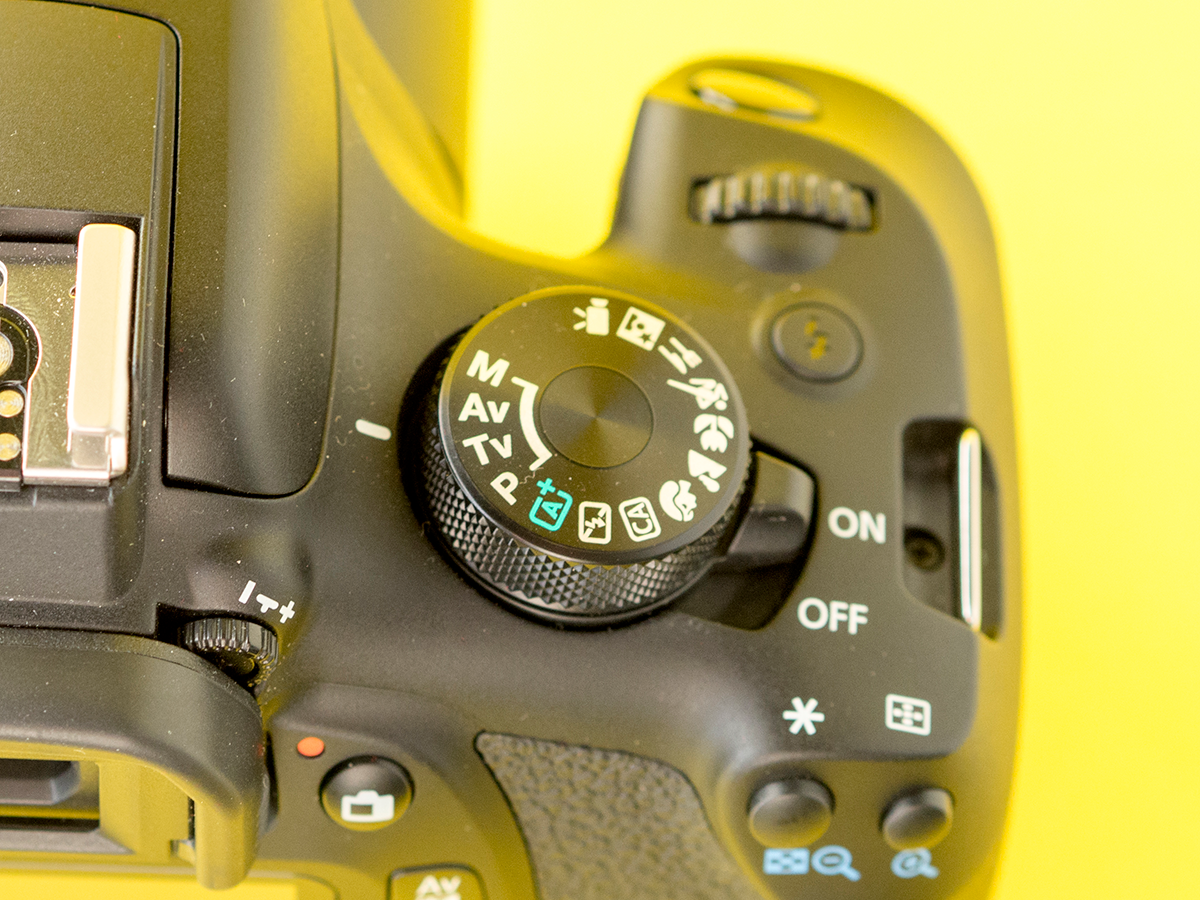
There’s not a lot else to the 1300D: it takes pictures and connects via Wi-Fi and that’s about it.
The only other real ‘features’ are the creative shooting modes and built-in filters. As I already mentioned, one of these is ‘Food mode’, which joins the likes of Landscape, Portraits and Sports on the main Mode Dial. There’s not much to know about it really – it just controls a few of the camera’s settings, such as aperture, colour tone and shutter speed, to optimise them for snaps of your snacks.
It works well enough if you’re a beginner and these modes can save you a little time if you regularly switch between landscapes and portraits, say, but frankly you’d be better off learning how the camera works in aperture, shutter-priority and manual modes and taking control yourself. It’ll work out better in the long run.
The filters are the usual suspects: soft focus, fish-eye, B&W etc. Move along, nothing to see here. There’s also a video snapshot feature, which combines several short video shots into one longer one. It work perfectly well but I can’t personally ever imagine using it.
RELATED › Hands on with the Canon EOS 80D
Canon EOS 1300D verdict
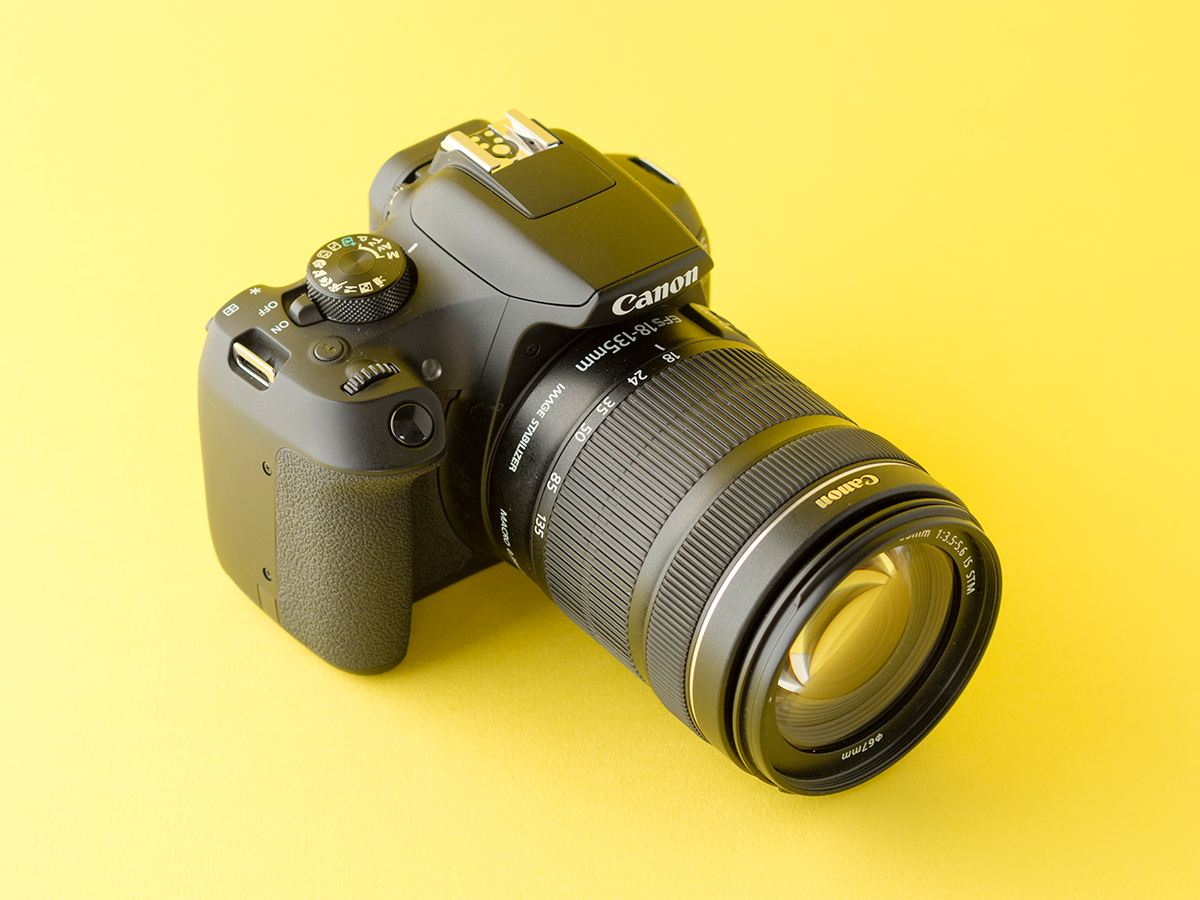
So what are we left with here? Well, let’s make this clear: the Canon EOS 1300D is in many ways a lovely little camera. It can take excellent pictures within its comfort zone, is easy to use and arrives at a bargain price. If a friend bought one, I wouldn’t laugh in their face.
What I would do, though, is tell them that they should have done a bit of research first. The elephant in the room here is Canon’s own 100D, a camera which came out three years ago but which matches or beats the 1300D in nearly every respect and which can now be bought for an identical price. It’s much smaller and lighter than the 1300D, has a touchscreen, better ISO range, faster burst shooting and will continuously focus in video and Live View modes. The only real reason to choose the 1300D over it is if you really value Wi-Fi.
In fact, an even bigger elephant in the room – it’s a big room, alright – is Nikon’s D3300, which has 24.2MP, 60fps video, 5fps burst shooting and can now be bought new for £250. Or you could save up a little for the far superior Canon 750D (£460), or spend about £50 more on the original Olympus OM-D E-M10. In short, you’ve got options.
Of course Canon itself pitches the 1300D as a camera that’ll tear you away from your smartphone and it undoubtedly does a good job on that front. Connectivity is excellent and it’ll improve your Instagram feed no end. I’m just not sure that’s enough of a reason to buy it over the similarly priced competition.
Tech specs
| Sensor | 18MP APS-C CMOS |
| Processor | Digi-4+ |
| Focus points | 9 |
| ISO range | 100-6400 (12800 in extended mode) |
| Viewfinder | Pentamirror, 95% coverage, 0.8x magnification |
| Display | Fixed 3in LCD TFT, 920k dot |
| Burst shooting | Max 3fps |
| Video | 1080p@30fps |
| Connectivity | Wi-Fi, NFC, USB, video-out, HDMI Mini-out |
| Battery | Approx 500 shots |
| Dimensions | 129×101.3×77.6m; 485g |
Stuff Says…
It’s cheap as chips and takes great photos but the 1300D’s not quite the bargain it seems
Good Stuff
Great picture quality
Wi-Fi and app abilities
Low price
Bad Stuff
Hardly a looker
Video and Live View lack autofocus
Similarly priced rivals are better



